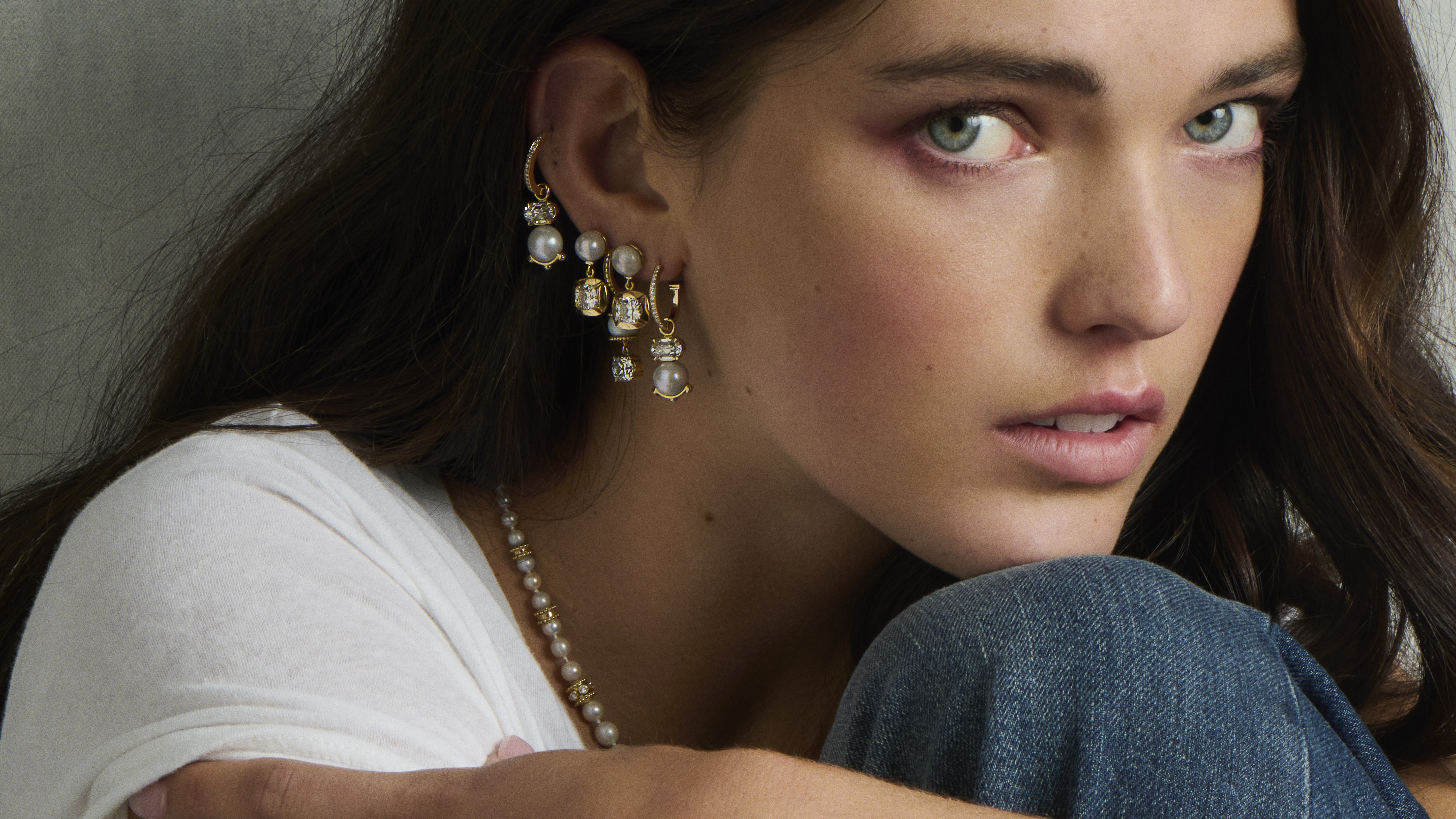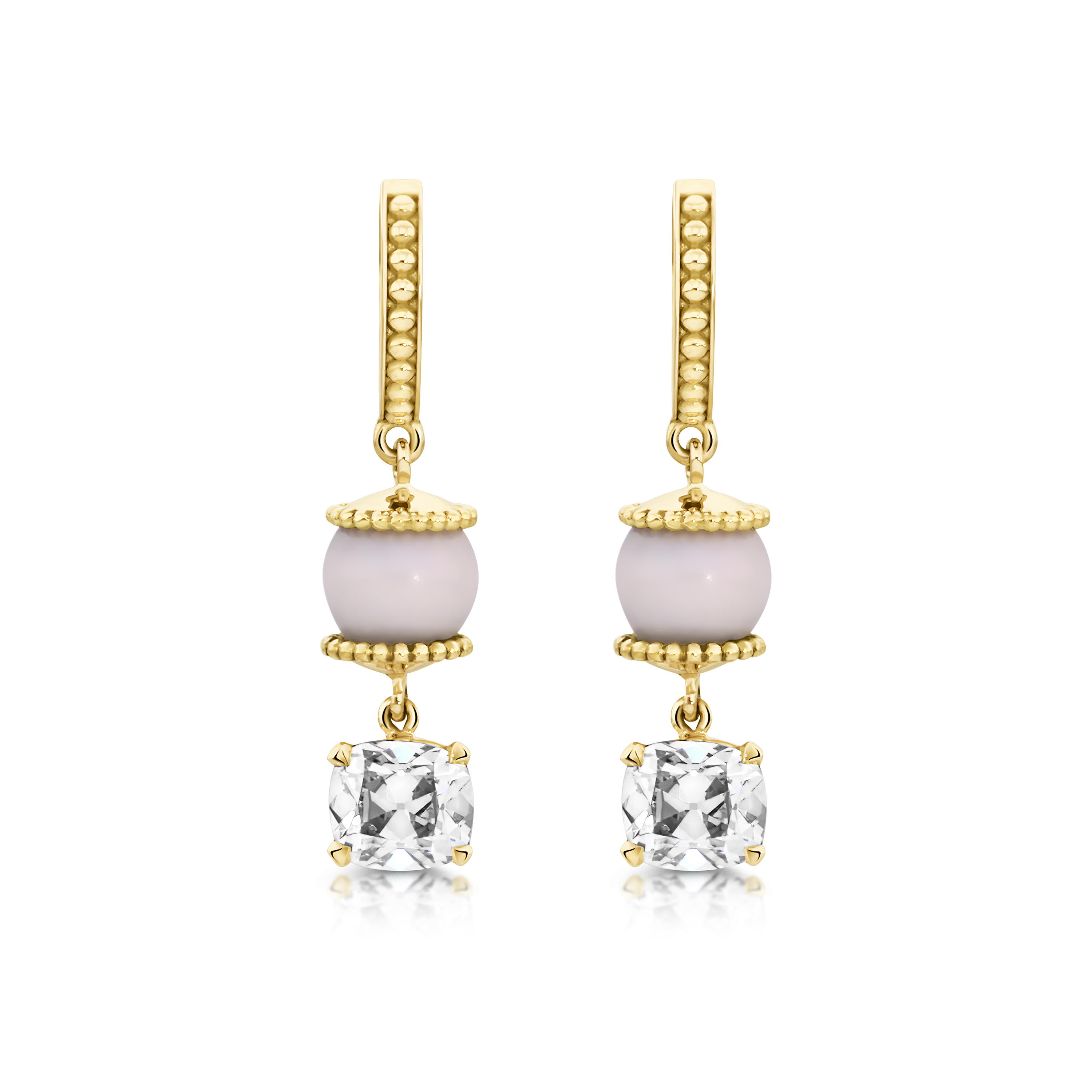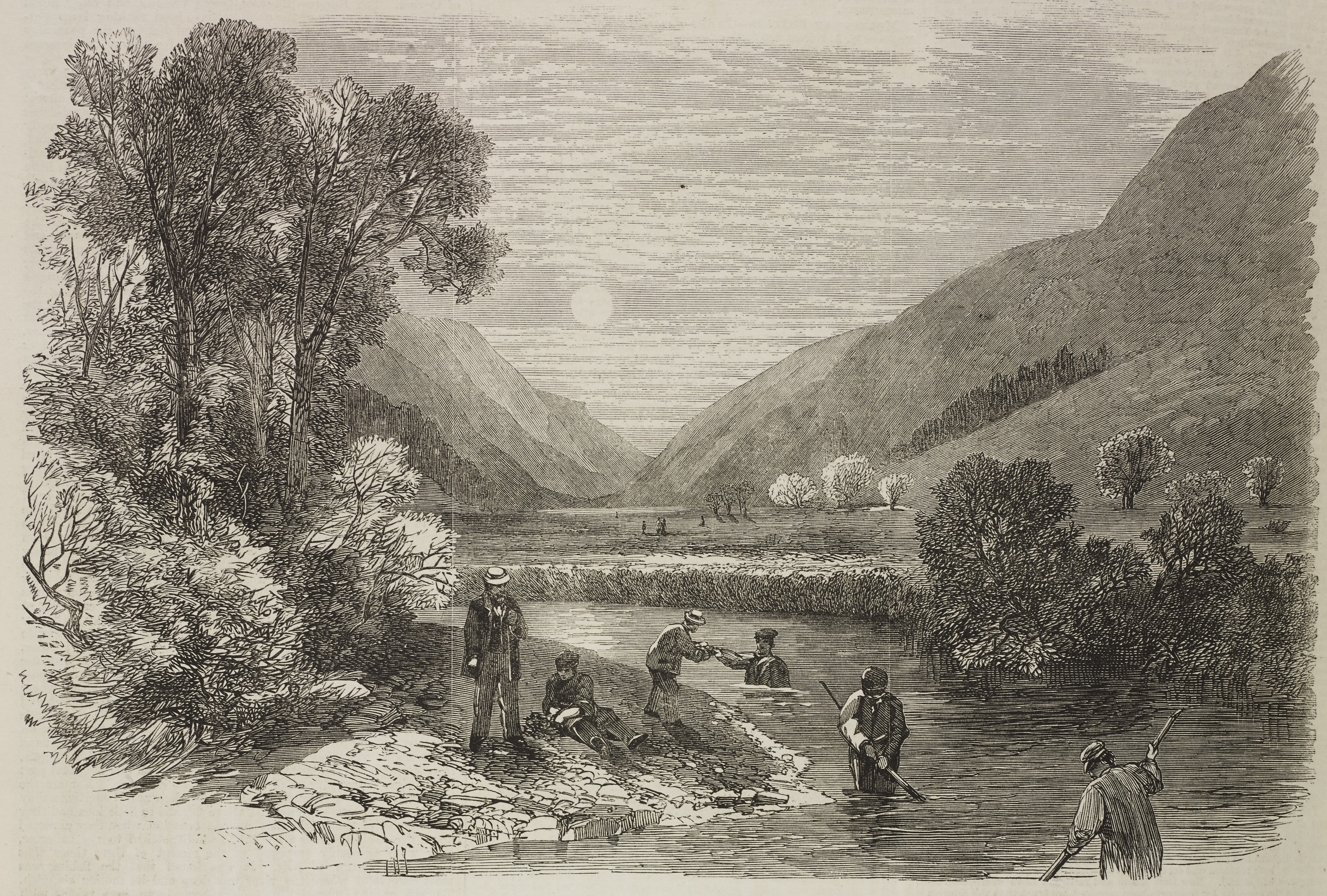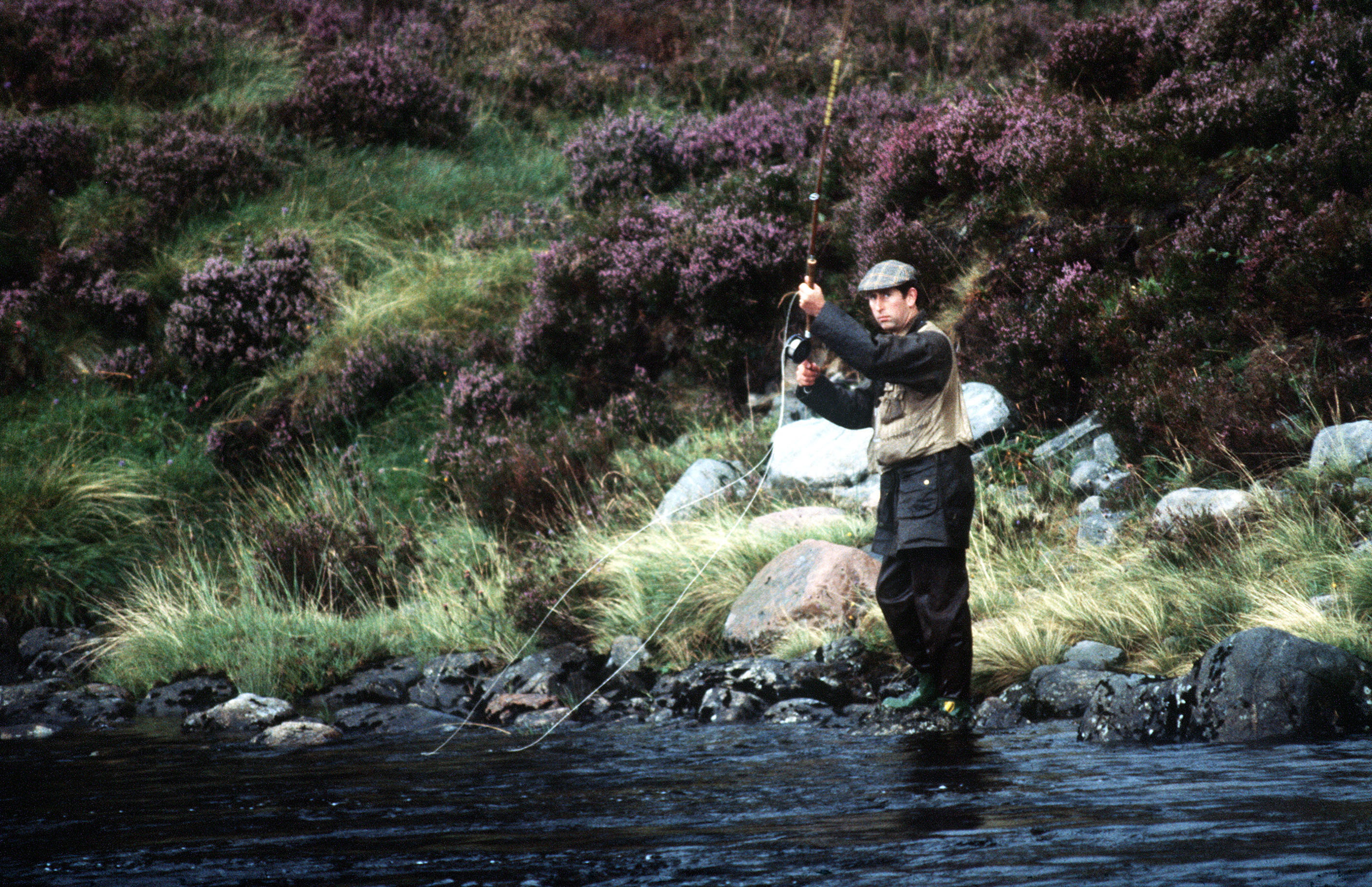A handful of Scotland's last available freshwater pearls have been transformed into 'mesmerising' pieces of jewellery
Edinburgh jeweller Hamilton & Inches have been trusted to handle the incredibly rare organic gemstones.

Rosie Paterson

I was lucky enough to preview the Scottish Freshwater Pearl Masterpiece Collection from Hamilton & Inches before its launch on November 5 — and it is a beauty.

The exquisite 10-piece collection is special because it’s been made out of two very scarce materials: finite Scottish gold and the last available of the country’s freshwater pearls. In 1998, wild pearl fishing in Scotland was made illegal making the ones collected among the rarest in the world, already long prized for their natural brilliance. (Many say that the region’s riches — including its pearls — led Julius Caesar to invade Britain.)

The illustration of a Scottish pearl fishery, near the Braes of Balquhidder appeared in 'The Illustrated London News' on September 17, 1864.
Hamilton & Inches are the only fine jeweller licensed to work with and sell Scotland’s rare freshwater pearls — and one of just two in the world granted access to precious Scottish gold. (There is currently only a single operating gold mine, located in Tyndrum, a small village at the southern edge of Rannoch Moor.)

The freshwater pearls are formed inside mussels found in select Highland rivers including the legendary River Dee. In ancient and medieval times, the Celts and Picts (a group of people, named by the Romans, who lived in what is now northern and eastern Scotland between the first millennium AD and the 10th century AD) valued the organic gemstones for their supposed spiritual qualities. In historical portraits, Mary, Queen of Scots, is regularly portrayed adorned in them.

The then Prince of Wales fishing for salmon on the banks of the portion of the River Dee that runs through Balmoral. The estate was purchased by his great-great-great-grandmother, Queen Victoria, in 1852.
And their scarcity is profound — today, only one in every 5,000 mussels may hold a pearl, forged, through the centuries, in the depths of ancient lochs.
They were once more numerous.
Until Queen Victoria came along and felled trees in order to create romantic vistas, a leafy canopy shaded the rivers where mussels thrived. When this shelter started to vanish, rivers warmed and oxygen levels dropped.
Exquisite houses, the beauty of Nature, and how to get the most from your life, straight to your inbox.

Hamilton & Inches have reworked existing pearls, stored away, until now, in private collections, into delicate drop earrings, a mesmerising brooch and gasp-worthy strand of a necklace, from £9,500.
Completely natural, the nacre of each pearl is incredible, further enhanced by brilliant old-cut diamonds. A worthy tribute to Nature and heritage craft.
Amie Elizabeth White is Country Life's Acting Luxury Editor. She studied history at the University of Edinburgh and previously worked in fashion styling. She regularly writes for Country Life's London Life supplement and has written for Luxury London, covering everything from Chanel suits and skincare, to the best pies in the city. She has a big heart, but would sell her soul for a good pair of shoes.
